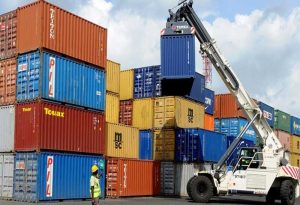What are the stages of a carpet machine accident?
Exporting machine-made carpets has a number of important differences from hand-woven carpets, both in terms of process, target market, and licenses.
1- Market research and selection of export destination
Machine-made carpets have their own specific customers, and tastes vary in each country.
Research on the target market (Europe, Arab countries, Central Asia, etc.)
Review of import standards and restrictions in that country
Analyze competitors’ prices and customer tastes (modern, traditional, 3D designs, etc.)
2- Obtaining the required permissions
Since machine-made carpets are considered industrial, the documents required are slightly different:
Required documents:
Business card (from the Chamber of Commerce)
Industrial production license (from the Ministry of Industry and Trade – if you are a manufacturer)
Standard certificate (if required by the destination country)
Customs green card or customs stamp for the export of goods
3- Preparing export invoices and packing lists
Like exporting any industrial product:
Official invoice (Commercial Invoice)
Packing list (Packing List) including: dimensions, quantity, weight, square footage
Determining payment terms (advance payment, LC, money order, etc.)
4- Professional packaging
Use of vacuum-packed rolls or cardboard packages
Printing specifications on each package: brand, design, size, country of origin
Stacking directly into the container or palletizing (for sea transport)
5- Customs declaration and clearance
Register the declaration in the EPL customs system
Review by customs experts (physical inspection may be carried out)
Payment of customs duties (zero in some cases)
Receive export voucher
6- Choose the shipping method
Methods:
Sea freight (cost-effective for large quantities)
Land freight (for neighboring countries)
Air freight (for samples or urgent orders)
Receive bill of lading (B/L, CMR or AWB)
Transport insurance (if needed)
7- Final Export Documents
Final Invoice (Commercial Invoice)
Packing List
Certificate of Origin (Certificate of Origin – from the Chamber of Commerce)
Bill of Lading
Customs Clearance
8- Receive export funds
through:
Foreign exchange transfer (exchange)
Bank transfer (TT)
Letter of credit (LC)
Remittance or direct payment by the buyer







